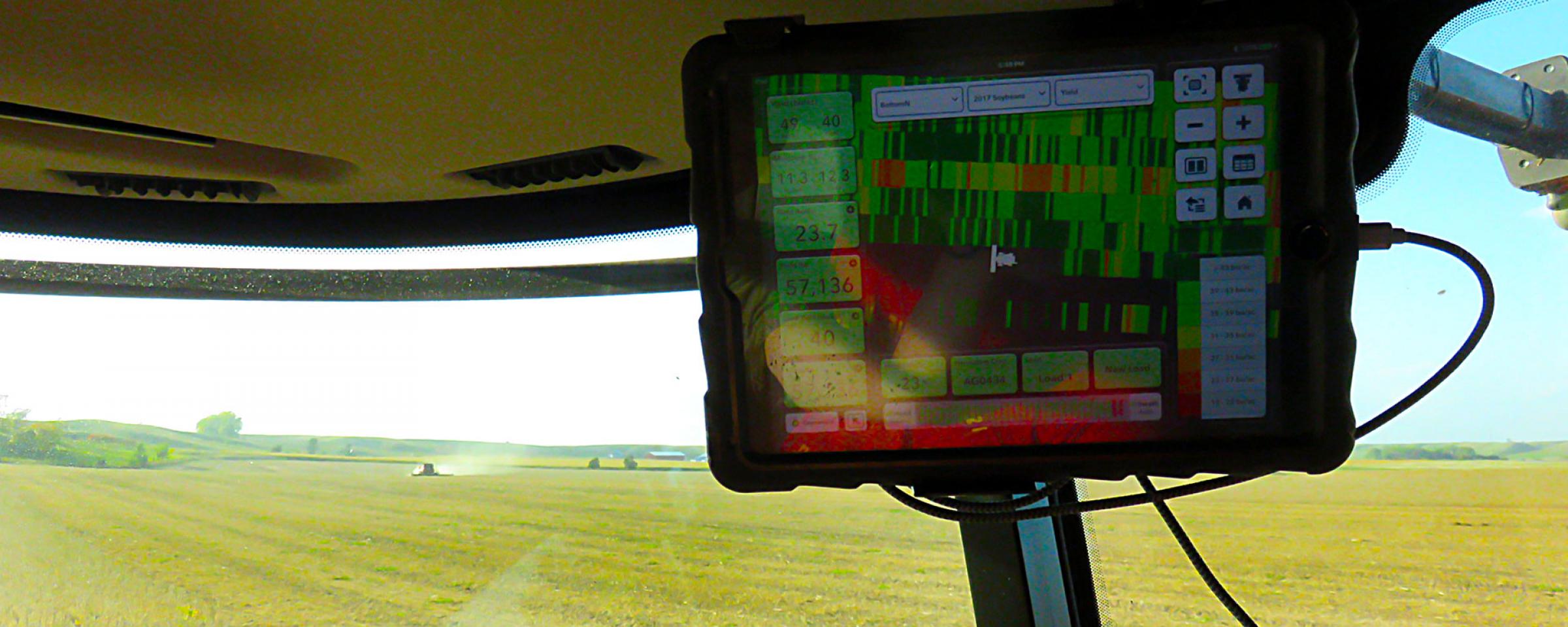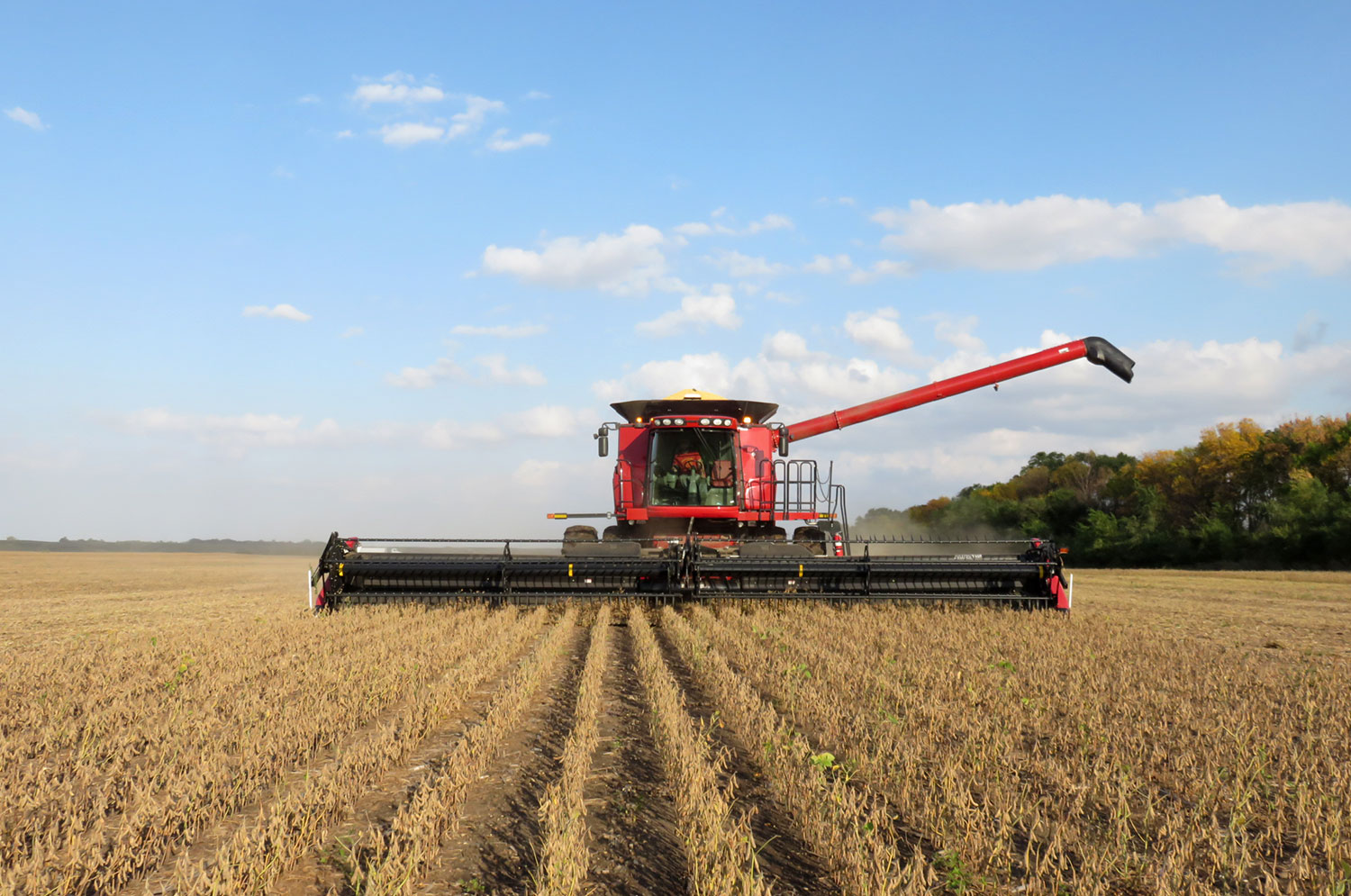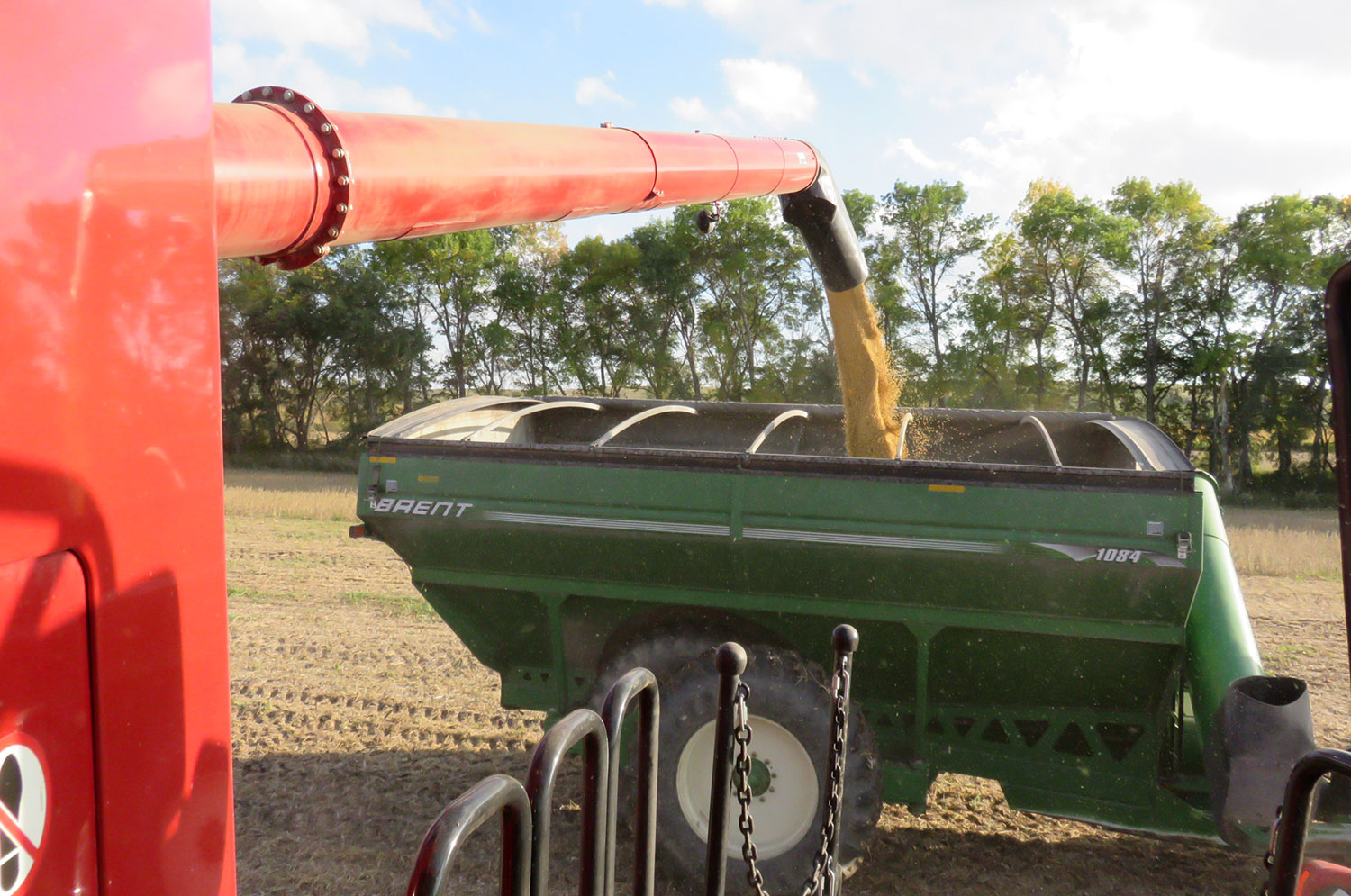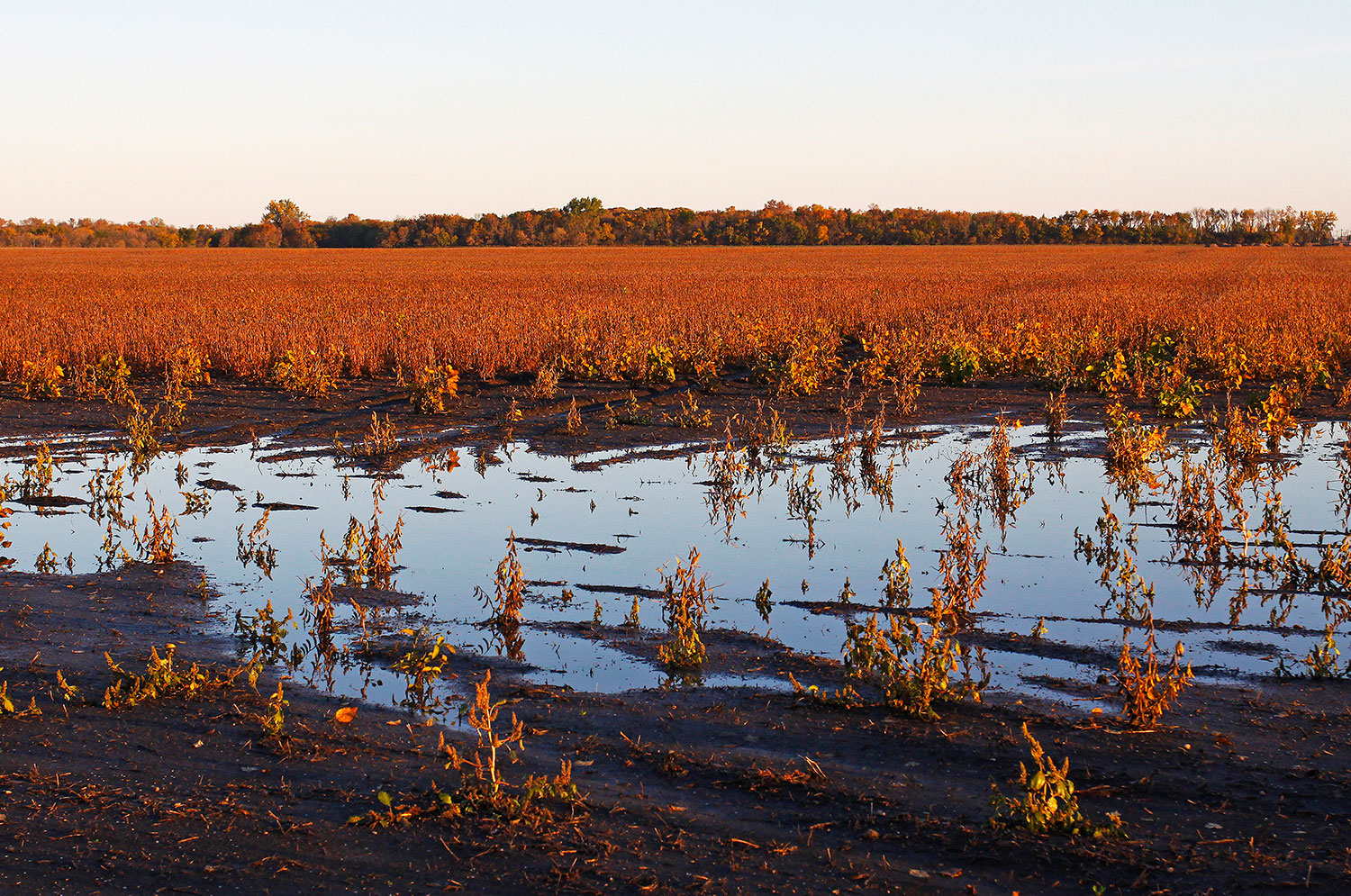
Partnership to Benefit Producers, Wildlife
The North Dakota Game and Fish Department has partnered with Pheasants Forever and four county soil conservation districts to help producers farm more efficiently and profitably by offering conservation practices on less gainful crop acres.

Melissa Shockman, Pheasants Forever precision ag and conservation specialist, said the precision ag program started out with six producers, and interest is spreading in southeastern North Dakota.
According to a Pheasants Forever news release, the foundation of the precision agriculture planning partnership is built on the technology of AgSolver’s Profit Zone Manager software platform, which focuses on the producer’s return-on-investment.
Kevin Kading, Game and Fish Department private land section leader, said the program embraces the concept of farming the best and leaving the rest, as it doesn’t take prime farmland out of production, while encouraging producers not to fight those problem areas.
“The concept behind precision ag is to farm smarter and more efficiently,” Kading said. “Using the software developed by AgSolver, combined with other data, producers are able to identify areas in their operation at a subfield level, down to 3 meters, that are not profitable and result in a negative return-on-investment.”
An example of this, Kading said, may be an area in a field that is very saline, or retains water, and generally doesn’t produce a crop most years.
“We’ve all seen areas in fields where the crop doesn’t grow, or is much shorter than the rest of the field,” he said. “It’s likely these areas are costing the producer money to farm.”
Kading said a Pheasants Forever specialist works directly with producers to explore options for those areas, such as grass plantings, cover crops, CRP, buffers, filter strips and other conservation practices.
“By implementing conservation practices on these negative return-on-investment areas, producers benefit wildlife, improve water quality and improve their overall profit for their operation,” Kading said.
Kading said the Game and Fish Department’s role in the partnership is through cost-share on the conservation practices for landowners.
While the program has some solid footing in other states, it got started in North Dakota in 2016, said Melissa Shockman, Pheasants Forever precision ag and conservation specialist. The four soil conservation districts involved are located in Ransom, LaMoure, Dickey and Sargent counties.

The focus of the precision agriculture planning partnership is to provide increased farm income to producers by offering conservation practices on less profitable crop acres.
Kading said the program is currently focused in a part of the state that has a lot of active farming, with some potential for wildlife habitat improvements. The soil conservation districts in these counties are focused on soil health and salinity issues, so, he added, this was a good place to start the project.
“In this part of North Dakota, there has been a lot of land transferring out of CRP and into production,” Kading said. “Some of this land is located in areas that had some good pheasant harvests during our peak pheasant years. This is a chance to put some wildlife habitat back on the ground and hopefully get some rebound in the wildlife populations.”
Shockman said the precision ag program started out with six producers and interest is growing.
“When producers hear of this new thing that can help improve their profit … it’s definitely getting more interest,” she said.
Cole Young, who farms in the LaMoure area, is one of those producers.
“The profit zone manager program, with the help of Pheasants Forever, helped our operation quantify just how unprofitable areas we already knew existed, actually were,” Young said. “We hope to use the information we gathered to better manage these areas either through greater variable rate technology, which we have been using, or take these areas out of production and either enroll them into CRP, other set aside programs, or convert them to hay land. Which will improve our overall profitability and likely improve soil health and wildlife habitat.”
Shockman said many of the problem areas that are being converted to habitat more conducive to wildlife range from 5-20 acres. With wildlife habitat at a premium in North Dakota, considering the loss of more than 2 million acres of CRP in the last 10 years, these 5-20 acre areas are a start in providing cover for animals.

Many of the problem areas that are being converted to wildlife habitat range from 5-20 acres.
“Pheasants Forever has been collaborating with producers for 35 years,” she said. “We are utilizing new technology and the data that is available by putting wildlife habitat on the ground and helping producers to make a better buck.”
Kading, who heads the Game and Fish Department’s popular Private Land Open To Sportsmen program, said the precision ag program is not tied to PLOTS.
“While this program is not tied to PLOTS, it can be,” Kading said of the walk-in access program that turned 20 this year. “Landowners who are willing to provide walk-in access to these 5- to 20-acre pieces of wildlife habitat can be a part of the PLOTS program if they want.
“Our goal is to put conservation back on the highly productive agriculture landscape,” he added. “The precision ag program is a good way to get conservation implemented on the agricultural landscape. Plus, it shows that the two – ag and wildlife – can coexist. Hopefully, this program helps producers, Game and Fish and Pheasants Forever reach our goals.”
